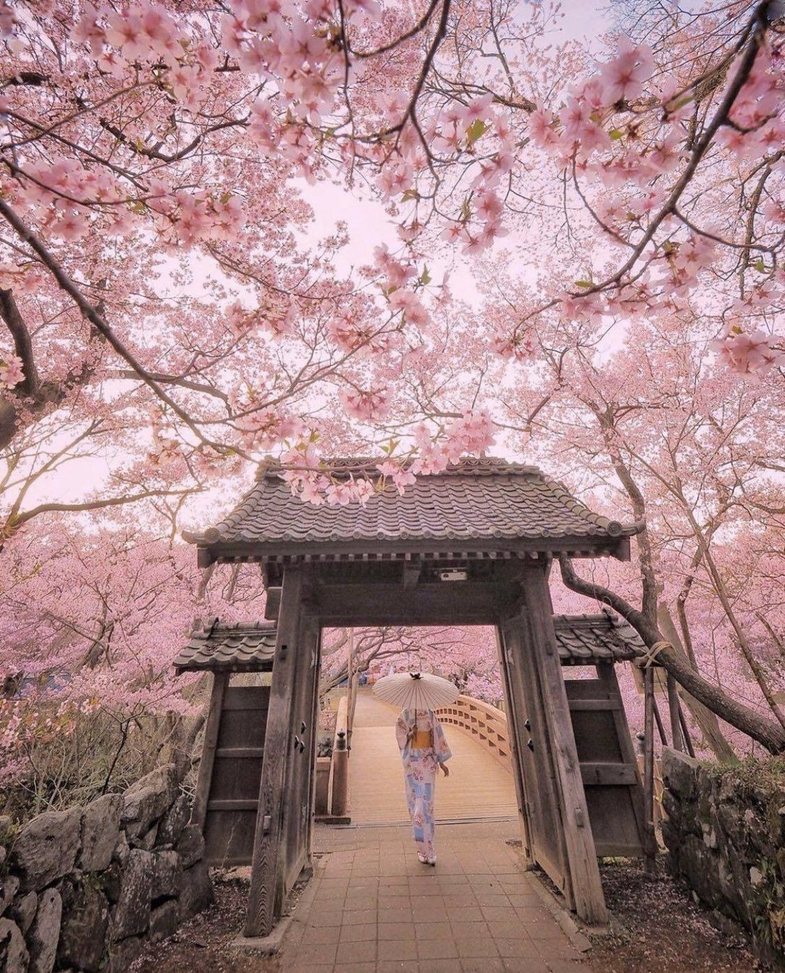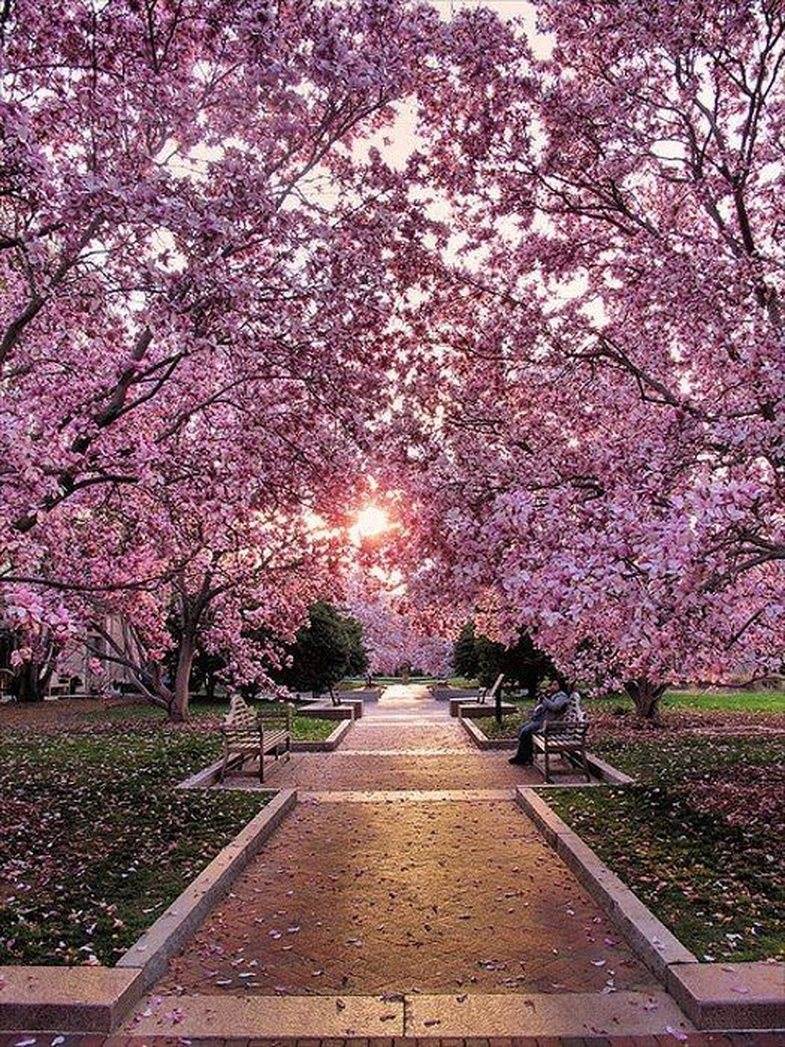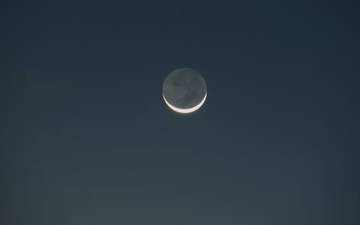
Characteristic views of Japan in the spring are the pink color photographs, caused by what is known as the "petal snow" (sakura snow) which is nothing more than just the blossoming of cherry blossoms, held as the most beautiful in Japan. . But this year, for the first time in 1,200 years, cherry blossoms bloomed earlier.
Yasuyuki Aono, a researcher at Osaka Prefecture University, has been collecting data in Kyoto since 812 AD from historical documents and diaries. In Kyoto city, cherry blossoms peaked on March 26, the earliest date in more than 1,200 years, Aono (via CNN) said. Even in the Japanese capital, Tokyo, cherry blossoms reached full bloom on March 22nd.

CNN reports that this year’s change in flower bloom dates is not limited to Japan; the cherry blossoms that adorn the Tidal Basin in Washington have also bloomed early. According to the U.S. National Park Service, the peak date for cherry blossom blooms in Washington has progressed by almost a week from April 5 to March 31.
Their early flowering is just the tip of the iceberg of a worldwide phenomenon that could destabilize natural systems and countries' economies, Amos Tai, an assistant professor of earth science at Chinese University in Hong Kong, told CNN.
According to him, there are two sources of added heat, which is the main factor that makes the flowers bloom earlier: urbanization and climate change. With increasing urbanization, cities tend to become warmer than the surrounding rural areas. But a bigger reason is climate change, which has caused rising temperatures across the region and the world.
"The relationship between plants and insects and other organisms has evolved over many years - thousands to millions of years," Tai said. "But in the last century, climate change is destroying everything and ruining all these relationships."
He points out that different plants and insects can respond to heat growth at different rates, causing a lack of synchronization of their life cycles.






